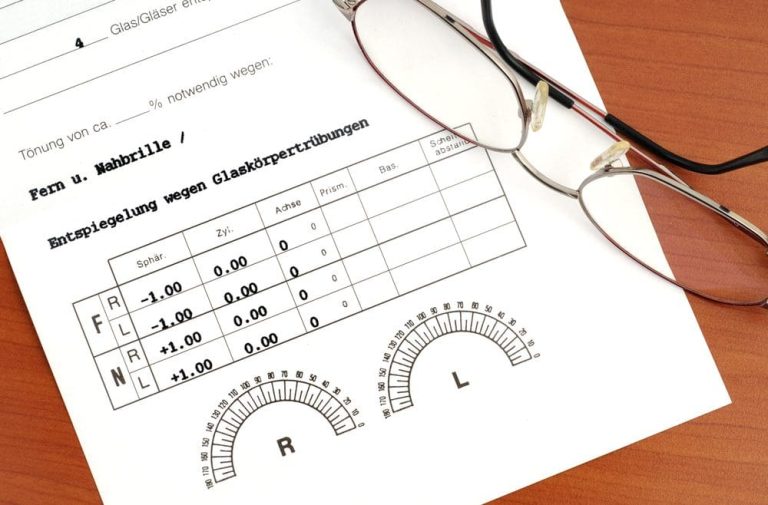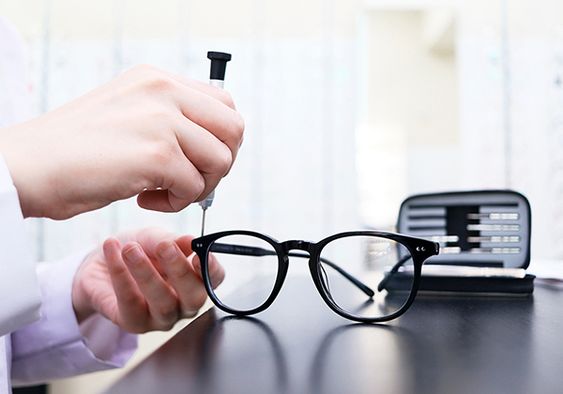How To Read And Interpret Your Eyeglass Prescription
Receiving a new eyeglass prescription can sometimes feel like deciphering a secret code. With a multitude of numbers and abbreviations, understanding what each component means can be daunting. However, decoding your eyeglass prescription is essential for ensuring that you receive the correct lenses to improve your vision effectively. In this article, we aim to demystify the process by providing a comprehensive guide on how to read and interpret your eyeglass prescription.
Understanding the Basics
Before delving into the specifics of your eyeglass prescription, it’s helpful to understand the basic components and terminology commonly used by optometrists and ophthalmologists. A standard eyeglass prescription typically includes the following elements:
Sphere (SPH): This indicates the lens power needed to correct nearsightedness (myopia) or farsightedness (hyperopia). A negative value (-) indicates nearsightedness, while a positive value (+) indicates farsightedness. The sphere power is measured in diopters (D).
Cylinder (CYL): This component addresses astigmatism, which occurs when the cornea or lens of the eye has an irregular shape, causing blurred vision at various distances. The cylinder power, also measured in diopters (D), indicates the amount of astigmatism correction required.
Axis: The axis, measured in degrees (°), specifies the orientation of the cylindrical correction needed to address astigmatism. It ranges from 0° to 180°, with 0° representing the horizontal meridian and 90° representing the vertical meridian.
Addition (ADD): This value is applicable for individuals with presbyopia, an age-related condition that impairs near vision. The addition power, measured in diopters (D), indicates the additional magnification required for reading or close-up tasks.
Interpreting Your Prescription
Now that we’ve established the basic components of an eyeglass prescription, let’s walk through a sample prescription and interpret each part:
Sample Eyeglass Prescription
OD: -2.00 Sphere | -0.50 Cylinder | 90° Axis
OS: -1.75 Sphere | -0.75 Cylinder | 75° Axis
ADD: +2.00
OD (Right Eye) Prescription:
- Sphere (SPH): -2.00 D (Nearsightedness correction)
- Cylinder (CYL): -0.50 D (Astigmatism correction)
- Axis: 90° (Orientation of astigmatism correction)
OS (Left Eye) Prescription:
- Sphere (SPH): -1.75 D (Nearsightedness correction)
- Cylinder (CYL): -0.75 D (Astigmatism correction)
- Axis: 75° (Orientation of astigmatism correction)
ADD (Reading Addition):
- +2.00 D (Additional magnification for near vision due to presbyopia)
Tips for Understanding Your Prescription:
Sphere: Negative values indicate nearsightedness, while positive values indicate farsightedness.
Cylinder: Addresses astigmatism correction. A higher cylinder value indicates more significant astigmatism.
Axis: Specifies the orientation of astigmatism correction, ranging from 0° to 180°.
Addition: Relevant for individuals with presbyopia, indicating the additional magnification needed for reading or close-up tasks.
Practical Considerations
Once you understand the components of your eyeglass prescription, you can make informed decisions when selecting frames and lenses. Keep the following practical considerations in mind:
Frame Selection: Choose frames that accommodate your prescription and lifestyle preferences. Certain frame styles may be better suited for thicker lenses or specific lens materials.
Lens Options: Discuss lens options with your optician, such as anti-reflective coatings, photochromic lenses, or high-index materials, to enhance visual comfort and performance.
Regular Eye Exams: Schedule regular eye exams to monitor changes in your vision and update your prescription as needed. Vision can fluctuate over time, especially with age-related conditions like presbyopia.
Conclusion
Reading and interpreting your eyeglass prescription doesn’t have to be overwhelming. By understanding the basic components and terminology, you can navigate the process with confidence and ensure that you receive the appropriate lenses to optimize your vision. Remember to consult with your optometrist or ophthalmologist if you have any questions or concerns regarding your prescription or eyewear options. With the right information and guidance, achieving a clear and comfortable vision is within reach for everyone.








